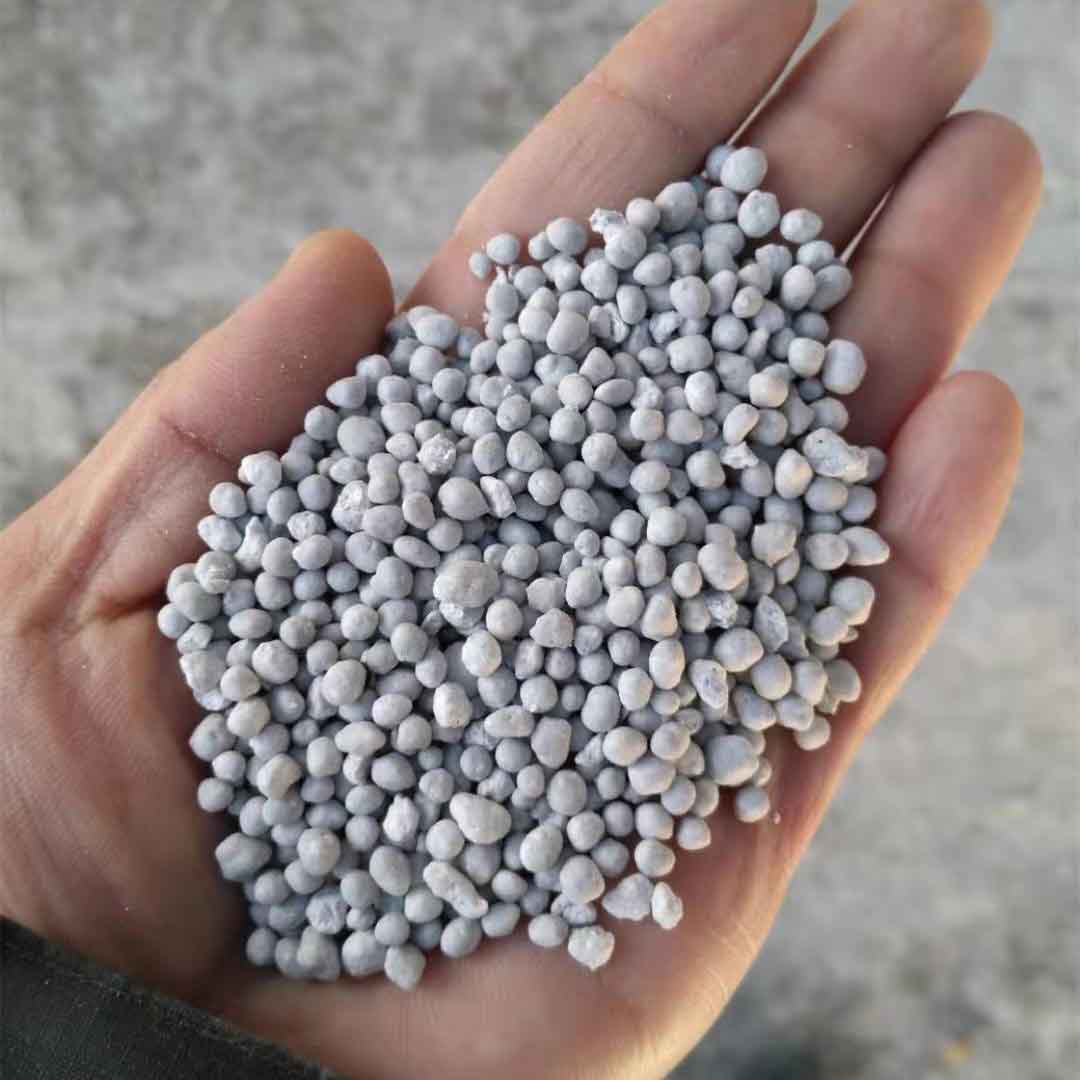
Oct . 20, 2024 08:26 Back to list
humic acid
Understanding Humic Acid Nature's Soil Enhancer
Humic acid is a complex organic molecule that plays a crucial role in soil health, plant growth, and environmental sustainability. This natural compound, derived primarily from the decomposition of organic matter, serves multiple functions that benefit both the ecosystem and agricultural practices. In this article, we will explore the characteristics, benefits, and applications of humic acid, as well as its significance in modern agriculture and environmental management.
Composition and Formation of Humic Acid
Humic acid is one of the primary components of humus, a dark organic matter found in soil. It is formed from the breakdown of plant and animal materials over time, through the action of microorganisms, including bacteria and fungi. The resulting substance is a complex mixture of various organic compounds, including carboxylic acids, phenolic compounds, and various aliphatic structures. These components contribute to the unique characteristics of humic acid, including its solubility, color, and ability to bind with minerals and nutrients.
One of the defining features of humic acid is its high cation-exchange capacity (CEC), which allows it to attract and hold positively charged ions (cations) such as calcium, potassium, magnesium, and trace elements. This ability enhances the soil's nutrient availability, making it more fertile and productive.
Benefits of Humic Acid in Agriculture
1. Nutrient Availability Humic acid enhances the availability of essential nutrients in the soil. By forming complexes with nutrients, it prevents leaching and increases their retention in the root zone, ensuring that plants have continuous access to vital elements necessary for growth.
2. Soil Structure Improvement Humic acid contributes to the formation of stable soil aggregates, which improves soil aeration, drainage, and moisture retention. Healthy soil structure supports root penetration and promotes a conducive environment for beneficial soil microorganisms.
3. pH Buffering Humic acid acts as a natural buffer, helping to stabilize soil pH. This is particularly important in maintaining optimal conditions for plant growth, as many crops have specific pH preferences for nutrient uptake.
4. Enhanced Microbial Activity Humic acid stimulates the activity of beneficial soil microorganisms. These organisms play a pivotal role in nutrient cycling, organic matter decomposition, and even disease suppression, creating a more resilient and productive soil ecosystem.
humic acid

5. Stress Resistance There is evidence to suggest that humic acid can enhance plant resilience against various stressors, including drought, salinity, and pest attacks. This characteristic is increasingly important as climate change poses new challenges to agriculture.
Applications of Humic Acid
Humic acid can be found in various products, including fertilizers, soil conditioners, and water treatment solutions. Farmers and gardeners worldwide are increasingly integrating humic acid into their agricultural practices due to its numerous benefits.
1. Soil Amendments Humic acid is often added to soil as a conditioner to improve its physical and chemical properties. This practice is especially common in degraded or nutrient-deficient soils, where humic acid can help restore fertility.
2. Liquid Fertilizers Many liquid fertilizers now incorporate humic acid to enhance nutrient availability and plant uptake. This combination facilitates more efficient fertilization, contributing to higher crop yields and better-quality produce.
3. Bioremediation Humic acid's ability to bind with heavy metals and toxins makes it a valuable tool in environmental remediation efforts. It can aid in the detoxification of contaminated soils and water sources, helping to restore ecosystems affected by industrial pollution.
4. Hydroponics In hydroponic systems, humic acid can be used to improve nutrient delivery and water retention, ensuring that plants grow optimally even without soil.
Conclusion
Humic acid exemplifies the synergy between nature and agriculture. As natural soil enhancers, humic substances not only contribute to improving agricultural productivity but also play a vital role in environmental sustainability. With the ongoing challenges of soil degradation, climate change, and food security, increasing the use of humic acid in farming practices offers a promising path toward sustainable agriculture. By harnessing the power of humic acid, we can cultivate healthier soils, enhance plant growth, and foster a more resilient ecosystem for future generations.
-
10-10-10 Organic Fertilizer - Balanced NPK Formula
NewsAug.02,2025
-
Premium Organic Manure Compost for Eco Gardens
NewsAug.01,2025
-
Organic 10-10-10 Fertilizer | Balanced Plant Nutrients
NewsJul.31,2025
-
Premium Amino Acid Fertilizer | Rapid Plant Growth Booster
NewsJul.31,2025
-
10 10 10 Fertilizer Organic—Balanced NPK for All Plants
NewsJul.30,2025
-
Premium 10 10 10 Fertilizer Organic for Balanced Plant Growth
NewsJul.29,2025
